Baby milk crusts: where do they come from and how to react?

The crusts of milk or seborrheic dermatitis is A common skin disease in babies, linked to an excess of oily secretions of the scalp.
What is milk crusts?
Milk crusts are manifested by scaly, oily and yellowish plates on the baby's scalp. They can also appear on other parts of the body, such as eyebrows, ears, and folds of the skin. Although their appearance can be alarming, they are generally not painful or dangerous for the baby.
Where do the crusts of milk come from?
Milk crusts are due to excessive sebum production by the sebaceous glands of the scalp, combined with the presence of yeasts that develop naturally on the skin. Several factors can contribute to this condition:
-
Maternal hormones : During pregnancy, maternal hormones pass through the placenta and can stimulate the baby's sebaceous glands, resulting in excessive sebum production.
-
Skin yeasts : Yeasts normally on the skin can proliferate in areas where sebum is abundant, contributing to the formation of crusts.
-
Genetic : Some babies are more predisposed to develop milk crusts due to genetic factors.
How to react to the crusts of milk?
Although milk crusts often disappear, there are several methods to treat them and make them disappear more quickly.
1. Use vegetable oil
Olive oil or sweet almond oil can help soften crusts and facilitate their elimination:
-
Apply a small amount of oil to the affected areas and leave to act for 15 to 30 minutes.
-
Use a soft bristle brush (that of Bachca are perfect for babies) or a baby comb to gently remove the softened crusts.

2. Wash the hair regularly
Wash your baby's hair with our washing gel can help eliminate excess sebum. Gently massage the scalp to avoid irritating the skin.
3. Avoid irritating products
Use hypoallergenic and perfume -free care products to avoid further irritating your baby's skin.
4. Consult a healthcare professional
If the crusts of milk persist or extend, consult a pediatrician or a dermatologist. They can recommend specific treatments, such as drug shampoos or corticosteroid creams, to help control the condition.
Milk crusts are a common and generally benign condition in babies. By understanding where they come from and adopting soft and appropriate treatments, you can help manage them effectively. If you have concerns or questions, do not hesitate to consult a health professional. Remember, this phase is temporary and is part of your baby's normal development.
The Monjour team
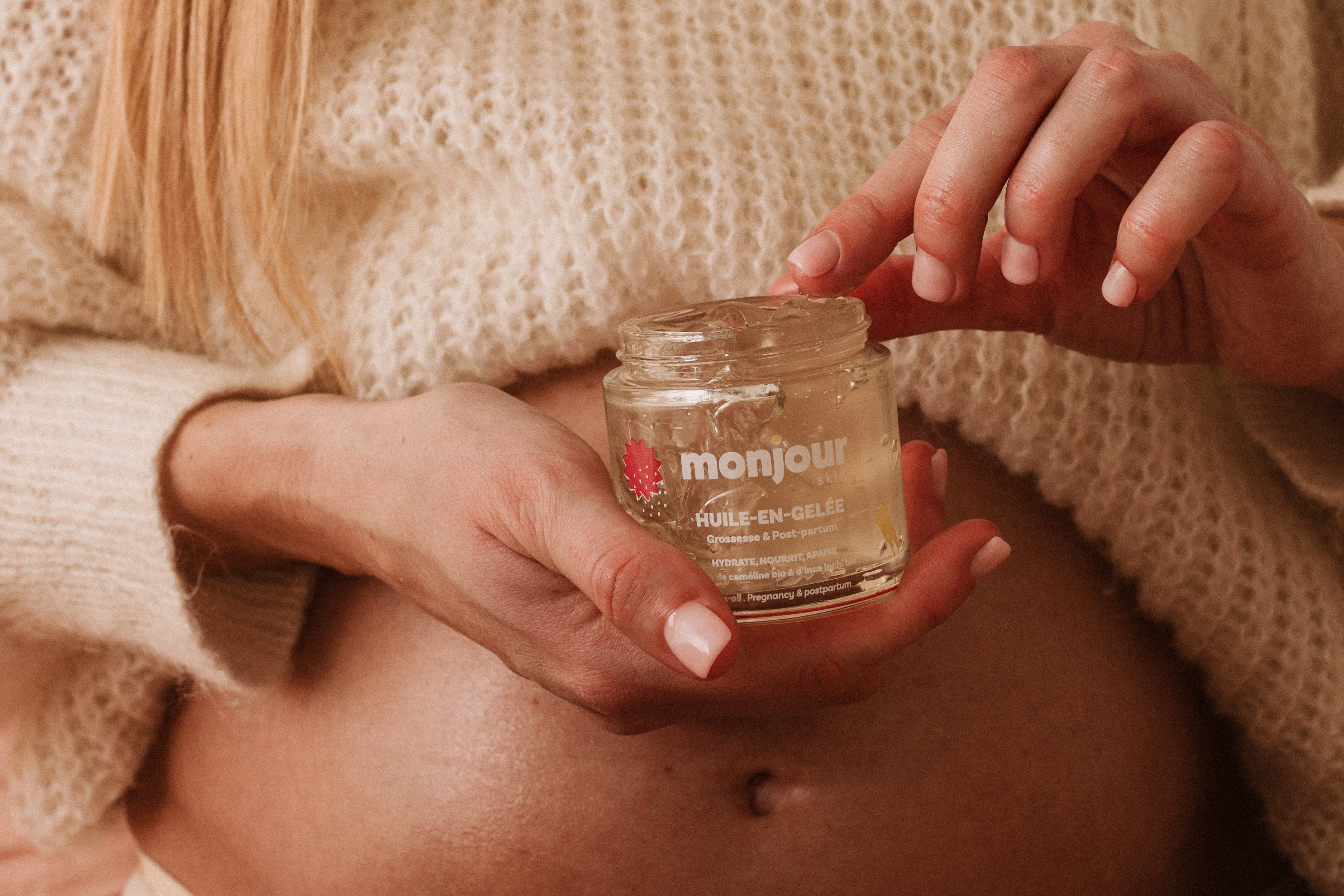
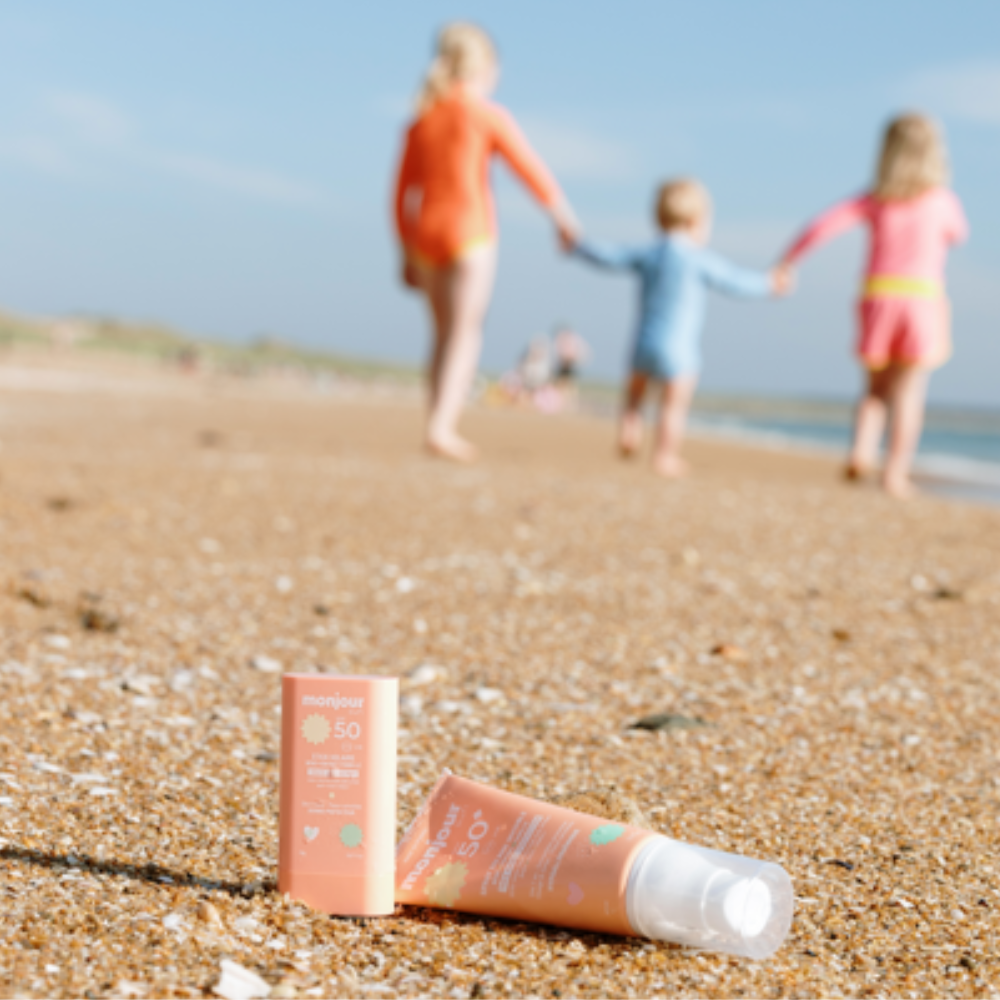
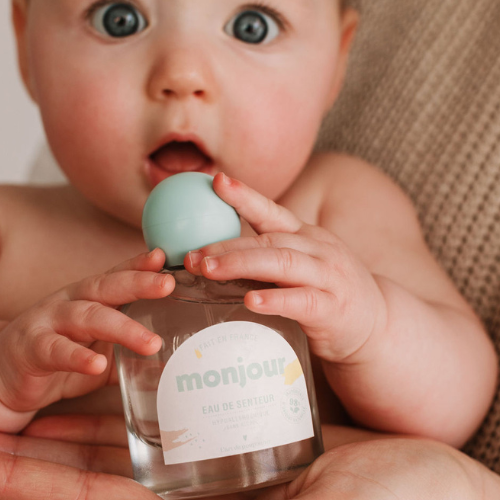
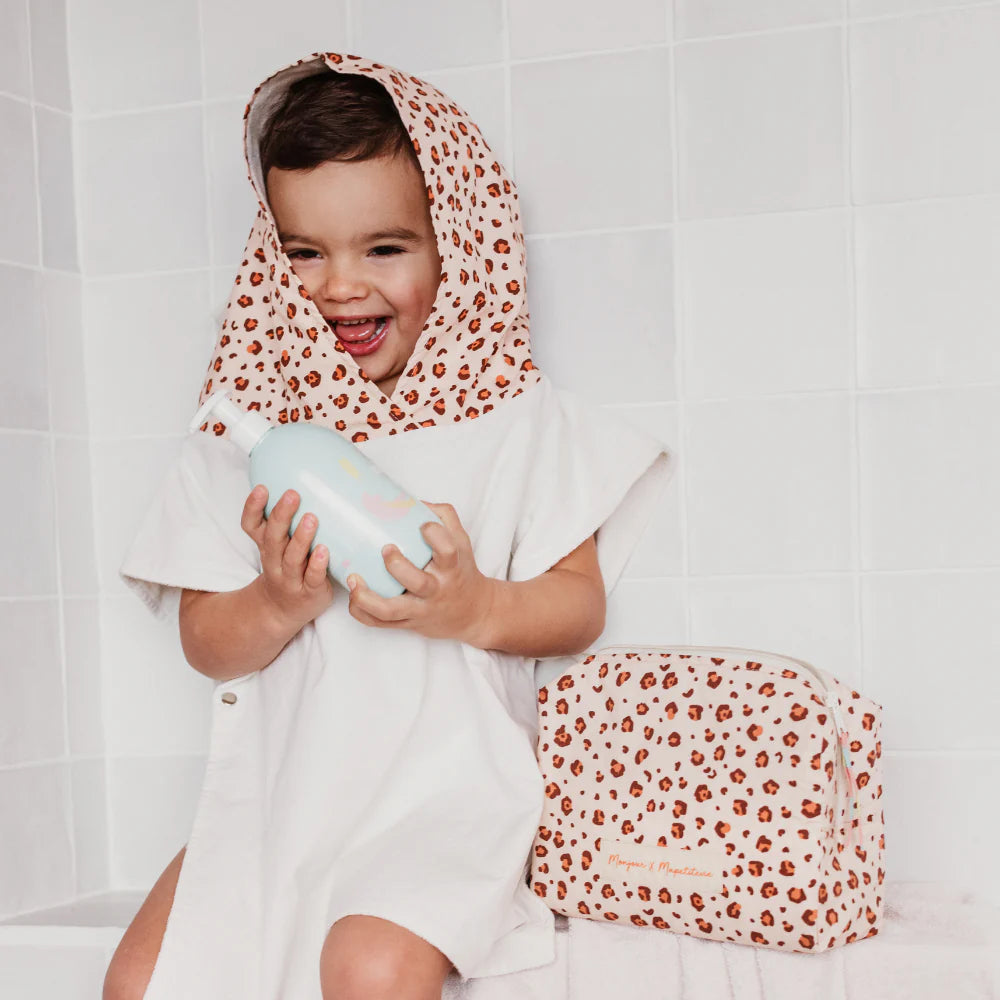

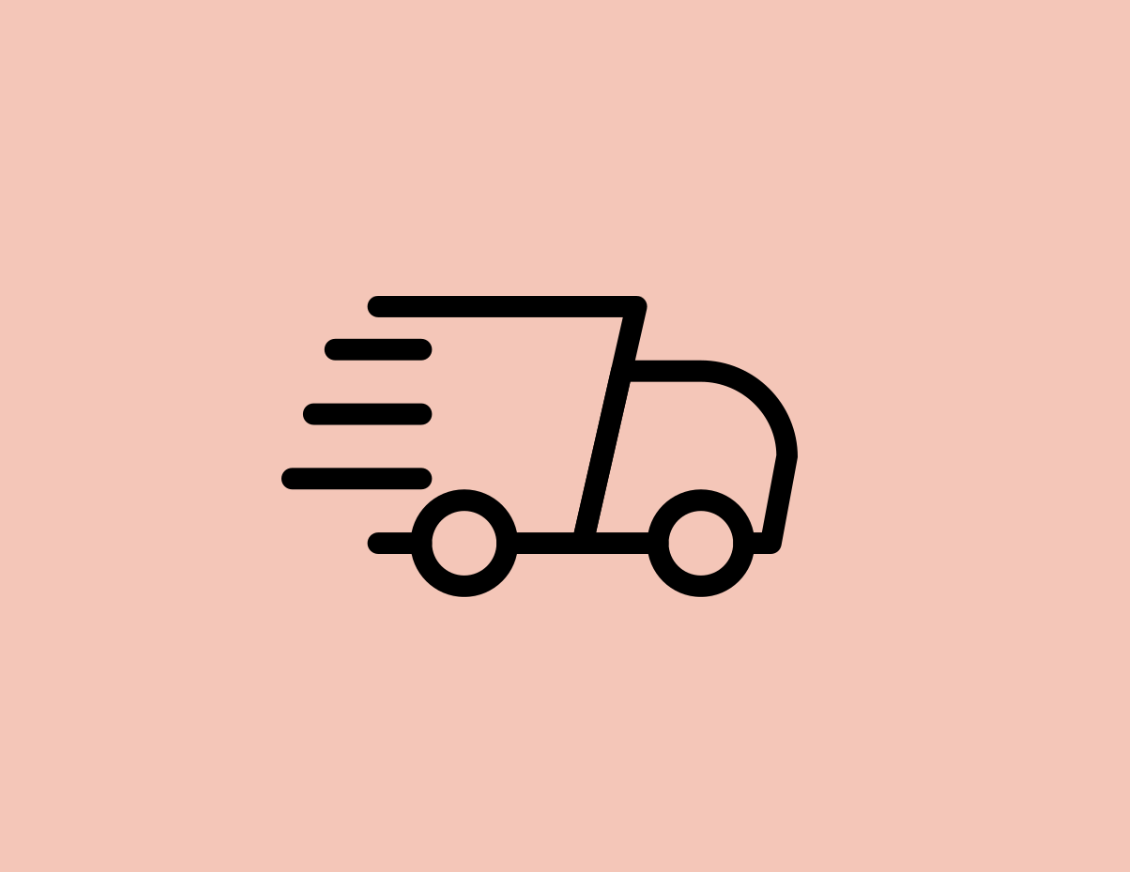
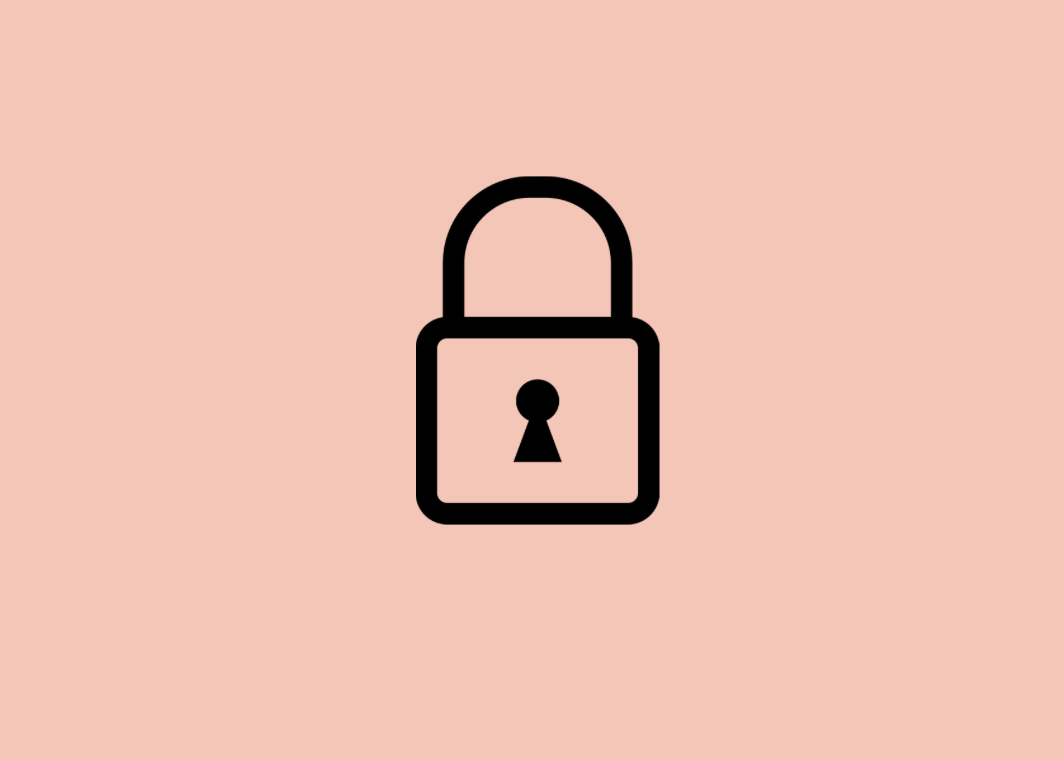


Thanks for this helpful guide! I hadn’t realized those yellow crusty patches on the scalp were so common and what causes them. Good to know simple steps to help my baby feel more comfy.
Leave a comment